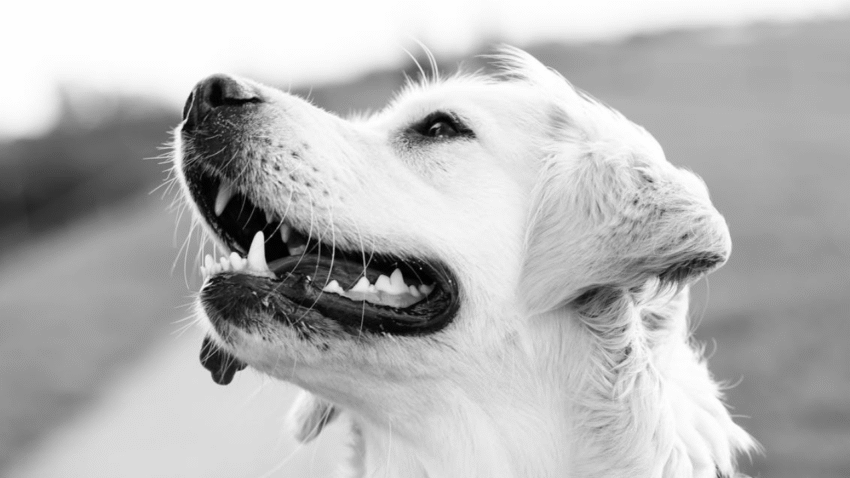Introduction
Does your dog grab food off the ground or refuse to give up a stolen sock? Teaching your dog to “Leave it” and “Drop it” is essential for their safety and your sanity. In this guide, you’ll learn how to train your dog to leave tempting items alone and release objects on command using simple, reward-based techniques. Mastering these two cues can prevent choking, poisoning, and destructive behavior—and help you gain more control in everyday situations.
Why “Leave It” and “Drop It” Matter for Dogs
Both commands play a vital role in your dog’s training and well-being. Here’s why they’re so important:
- Safety: “Leave it” can prevent your dog from eating harmful foods or chasing dangerous objects like glass or snakes.
- Control: “Drop it” lets you safely retrieve stolen items or toys without chasing or tugging.
- Trust: These cues build communication and trust between you and your dog.
- Impulse control: Teaching restraint helps your dog think before acting.
These life-saving skills are a must for dogs of all ages and breeds.
Step-by-Step Guide to Teaching “Leave It” and “Drop It”
Teaching “Leave It”
This command tells your dog to ignore something and not touch or approach it.
Step 1: Start With a Treat in Each Hand
- Hold a low-value treat (like kibble) in one hand and a high-value treat (like chicken) in the other.
- Show the closed hand with the low-value treat to your dog and say, “Leave it.”
- Your dog will likely sniff, lick, or paw at your hand—ignore this behavior.
Step 2: Wait for Disengagement
- The moment your dog stops trying and backs away, say “Yes!” or use a clicker, then reward them with the high-value treat from your other hand.
- Repeat 5–10 times per session.
Step 3: Add Duration and Open Hand
- Once your dog backs off quickly, try the same exercise with your palm open.
- If they move toward it, close your hand immediately.
- Gradually increase how long they must leave it before getting the reward.
Step 4: Practice on the Floor
- Place a treat on the floor with your hand hovering over it.
- Say “Leave it.” If your dog tries to get it, block it.
- Reward only when they back off and wait.
Step 5: Generalize With Real-Life Distractions
- Practice with toys, dropped food, or trash during walks.
- Always reinforce the behavior when they obey the command.
Teaching “Drop It”
This command teaches your dog to release something already in their mouth.
Step 1: Start With a Toy Exchange Game
- Give your dog a toy they enjoy, and let them play for a moment.
- Hold a high-value treat close to their nose and say, “Drop it.”
- When they release the toy, praise them and give the treat immediately.
- Give the toy back after the treat to avoid possessiveness.
Step 2: Use a Marker Word
- Use a clicker or say “Yes!” as they drop the item to create clear feedback.
- Practice 5–10 repetitions per session.
Step 3: Practice With Different Objects
- Try soft toys, tennis balls, or safe chew bones.
- Never yank items out of your dog’s mouth—always use positive trade-offs.
Step 4: Add Movement and Distractions
- Toss the toy across the room, then ask them to “Drop it” when they return.
- Practice during tug games—play, pause, give the cue, and reward when they let go.
Step 5: Use in Real-Life Scenarios
- Use the command if your dog picks up socks, food scraps, or dangerous items.
- Stay calm, use a reward, and praise when they comply.
Common Mistakes to Avoid
1. Using Force or Yanking Items
Pulling things from your dog’s mouth can lead to resource guarding or aggression. Always use rewards and patience.
2. Repeating the Command Too Often
Saying “Leave it, leave it, leave it…” reduces effectiveness. Say it once, wait, then follow up with redirection if needed.
3. Not Practicing in Real Situations
If your dog only hears these cues in training, they may ignore them when it matters. Practice during walks, mealtime, and play.
4. Using the Same Word for Both Commands
“Leave it” and “Drop it” should stay separate—one prevents action, the other interrupts it. Don’t use them interchangeably.
5. Failing to Reward Good Behavior
Positive reinforcement is key. Skipping rewards can make the behavior inconsistent or unreliable.
Extra Tips & Recommendations
Tip 1: Use a Cue Voice and a Praise Voice
Say “Leave it” or “Drop it” firmly but calmly. Then use a warm, happy voice for praise to show contrast and reinforce success.
Tip 2: Practice Daily in Short Sessions
Training is more effective when done consistently. Aim for 5–10 minutes a day with breaks between each cue practice.
Tip 3: Use “Leave It” for Mental Games
Hide treats in a room and walk your dog through, saying “Leave it” as they spot one. Reward when they listen. It’s a great impulse control exercise!
Conclusion
Training your dog to “Leave it” and “Drop it” is a must-have skill for safety and control. These commands can stop dangerous behaviors, prevent messes, and deepen your bond with your furry friend. Through patient, positive practice, your dog can learn to respond quickly and reliably in any situation.
📌 Bookmark this article to revisit these life-saving commands as your training continues!
